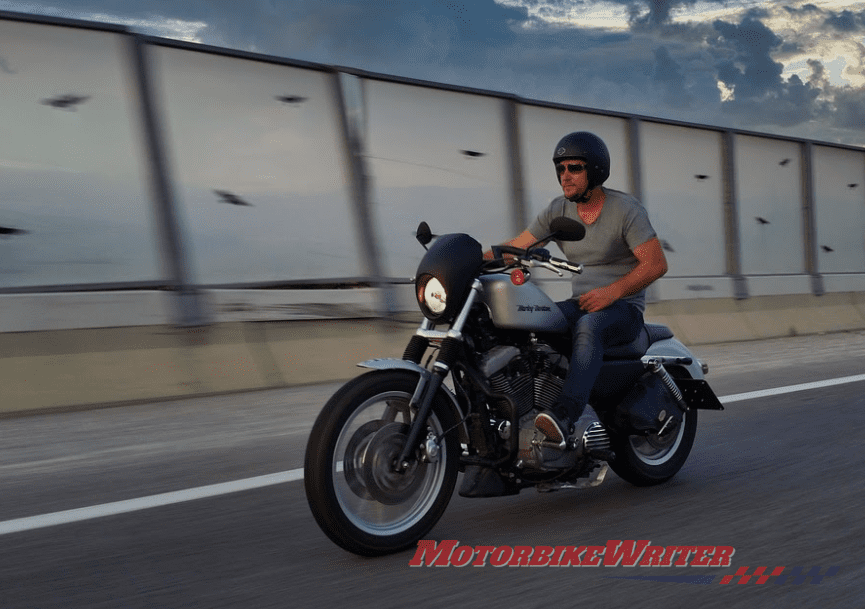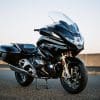(Contributed post for our North American readers)
Since the COVID-19 pandemic caused worldwide upheaval and triggered a flurry of policies on social distancing, minimal travel and staying at home, the motorcycle community has been abuzz wondering what this means for them. While motorcycling has social distancing advantages over other means of commute such as cars and public transit, COVID-19 is an unprecedented, evolving and complex situation that is not yet fully understood.
That said, and based on what is known about the novel coronavirus so far, here’s a look at some of the best practices for motorcycling.
-
Commuting
For some motorcyclists, riding is a necessity and part of their routine commute to work. If that’s the case for you, enjoy the open road. However, if your riding is recreational, you should avoid your motorbike as much as possible.
Though it’s safer than public transit as far as COVID-19 is concerned, there are multiple ways that motorcycle riding still places you and those around you at risk of virus transmission.
-
Be Smart If You Have to Ride
Staying indoors for days on end comes with its own set of problems. It can increase stress and dampen your spirits. While interacting with members of your household can provide some respite, it does not quite deliver the same degree of relaxation as a motorbike ride on the open road does.
Riding calms the soul, clears the mind and injects a unique joy. Nevertheless, if you do choose to take a recreational ride periodically, do so via pre-planned routes that will minimize your interaction with others.
-
Ride a Loop
One of the good things about riding a motorcycle is you are usually alone. No passengers to insist that you stop somewhere you don’t want to. Keep your rides brief by following a continuous loop that starts and ends at your home.
Avoid contact with any other person or group along the way. However, if you feel the need to inject a social element in your experience, consider using a GoPro camera to capture and share the view with friends and family.
-
Hazards Aren’t Absent
Just because the vehicle and pedestrian traffic has diminished, doesn’t mean the roads are free of life-threatening hazards. In fact, the risk of certain hazards such as wildlife and debris is elevated because you don’t have the benefit of drivers ahead of you sounding the alarm.
Stay alert and be prepared to respond to any unexpected situation on the road when it does arise. Don’t assume that empty roads are an opportunity to test your limits. Actually, exercise more caution and restraint, since help might not be forthcoming as quickly as it normally would in the event of an accident. States like Texas have relatively lax motorbike helmet laws. That said, err on the side of caution and wear one.
-
Use the Time to Perform Maintenance
Staying at home doesn’t mean suspending all physical activity. The more idle time you have on your hands, the more likely you are to suffer emotional distress. Keep yourself occupied by taking a look at your motorcycle.
Perhaps you haven’t performed maintenance on it for a while. Even if you have, it might be a great time to do some thorough adjusting, lubricating and cleaning that you’d otherwise not have the time to do. Get dirty, reconnect with your bike and have some fun while you’re at it.
The best practices here are a guideline. Ultimately, you have to exercise good judgment in determining what is the best thing to do as a motorcyclist in your area with these unique circumstances.
Remember that you aren’t really alone, nor will you be riding on clear roads. Pedestrians, cyclists and other motorists will still occupy the road with you. They might stop where you stop. If you or they are infected but asymptomatic, there’s a risk of transmission.
In the worst-case scenario, you may be involved in a crash that requires you to be rushed to the hospital, occupy bed and ER space that could have been available for a critically ill COVID-19 patient.



